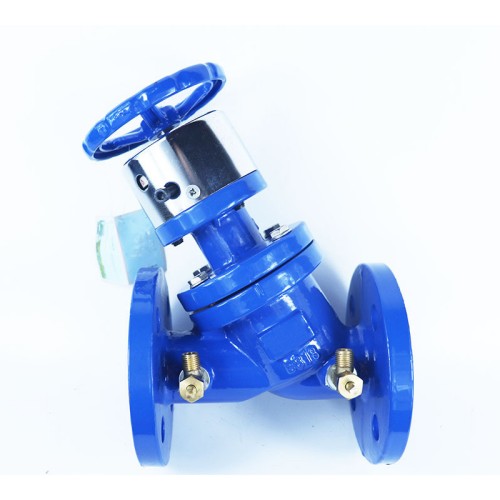pipe and pipe fittings
Understanding Pipe and Pipe Fittings A Comprehensive Guide
In the world of plumbing, construction, and manufacturing, pipes and pipe fittings play a crucial role in the efficient transport of fluids and gases. These essential components are designed to connect, redirect, and manage the flow within various systems, ranging from household plumbing to complex industrial installations. This article will explore the importance, types, and applications of pipes and pipe fittings.
Importance of Pipes and Pipe Fittings
Pipes are cylindrical structures through which liquids or gases flow. Their primary purpose is to transport substances safely and efficiently from one point to another. Pipe fittings are the components that enable the connection of pipes, allowing for changes in direction, diameter, and function. Together, they comprise a system that is essential in various applications, including water supply, heating, drainage, and chemical processing.
The reliability of a piping system largely depends on the quality of the pipes and fittings used. Poorly constructed or incompatible components can lead to leaks, system failures, and costly repairs. Therefore, choosing the right materials and dimensions is critical in designing a successful piping system.
Types of Pipes
Pipes are made from a variety of materials, each suited for specific applications
1. PVC (Polyvinyl Chloride) PVC pipes are lightweight, easy to install, and resistant to corrosion. They are commonly used for water supply and drainage systems, as well as in irrigation applications.
2. CPVC (Chlorinated Polyvinyl Chloride) CPVC pipes can handle higher temperatures than PVC. They are often used in hot water systems and industrial piping applications.
3. Copper Copper pipes are durable and resistant to corrosion, making them suitable for both hot and cold water supply lines. They are also used in heating systems and refrigerant lines.
4. Steel Steel pipes, including black and galvanized steel, are known for their strength and durability. They are widely used in industrial applications and conveyance of high-pressure fluids.
5. Cast Iron Traditionally used for sewer systems, cast iron pipes are robust and sound-dampening, suitable for underground applications.
pipe and pipe fittings

Types of Pipe Fittings
Pipe fittings come in various shapes and sizes, allowing for different configurations in piping systems. Some common types include
1. Elbows These are used to change the direction of the pipe, typically at angles of 45 or 90 degrees.
2. Tees A tee fitting allows for the branching of a pipeline, providing a connection for additional piping.
3. Couplings Couplings are used to connect two pieces of pipe together, allowing for pipe extension.
4. Reducers These fittings enable a transition from a larger pipe diameter to a smaller one, facilitating changes in flow requirements.
5. Caps Used to seal the end of a pipe, caps prevent the escape of fluids and contaminants.
6. Flanges Flanges are used to connect multiple pipes or fittings, providing a strong, secure joint that can withstand high pressure.
Applications of Pipes and Pipe Fittings
The applications of pipes and fittings are vast and diverse. In residential settings, they bring water in for consumption, drain away waste, and heat homes. In commercial buildings, they are integral to HVAC systems, fire suppression systems, and more. In industries, pipes transport chemicals, slurries, and gases, while maintaining safety and efficiency standards.
Conclusion
Understanding the various types of pipes and pipe fittings, as well as their respective applications, is vital for anyone involved in plumbing, construction, or industrial processes. By selecting the appropriate materials and fittings, one can ensure the longevity and reliability of piping systems, ultimately leading to enhanced performance and reduced downtime. Whether for a minor household project or a significant industrial installation, a solid grasp of pipes and fittings is indispensable for success in the field.
-
3-types-of-check-valves-maintenance-tipsNewsAug.23,2025
-
ball-valves-types-with-trunnion-mounted-designNewsAug.23,2025
-
butterfly-valve-company-production-capabilitiesNewsAug.23,2025
-
fisher-globe-valve-technical-specificationsNewsAug.23,2025
-
types-of-gaskets-for-flanges-selection-guideNewsAug.23,2025
-
wedge-gate-valve-suppliers-quality-standardsNewsAug.23,2025
-
Breakthrough in Domestic Low Temperature Valve Technology in ChinaNewsAug.18,2025




